In the quiet, post-holiday weeks of winter, nothing livens up a gardener with cabin fever like a fresh-off-the-presses, colorful and enticing seed catalog.
This time-honored resource has its roots in antiquity. The British Agricultural Historical Society (BHS) archives describe a burgeoning seed trade in the late 1200s. By the 1590s, market gardeners were a growing contingent of seed suppliers.
One of them was Richard Gardiner, a linen draper who raised vegetables for sale as produce and seed. This was a devastating period of plague, crop failure, and famine, and he responded by planting his fields with 700 closed cabbages (headed) to sustain the starving.

We link to vendors to help you find relevant products. If you buy from one of our links, we may earn a commission.
In 1599, Gardiner published a pamphlet titled “Instructions for manuring, sowing, and planting of Kitchin Gardens.”
It is described in the annals of the BHS, as well as in a fascinating book, “The Making of the English Gardener: Plants, Books and Inspiration, 1560-1660,” by Margaret Willes, available on Amazon.

The Making of the English Gardener
A mere 30 pages, his guide is packed with cooking tips and recipes for nutritious broths and salads. And, it lists produce and seed available for purchase, making it one of our earliest seed catalogs.
Gardiner was a forerunner in the movement to achieve food security one garden at a time. Today’s catalogs continue the tradition, offering quantities and varieties suited for the home gardener.
The term “home gardener” encompasses a wide array of folks from those with 40 acres (and the proverbial mule?) to a few pots on the patio.
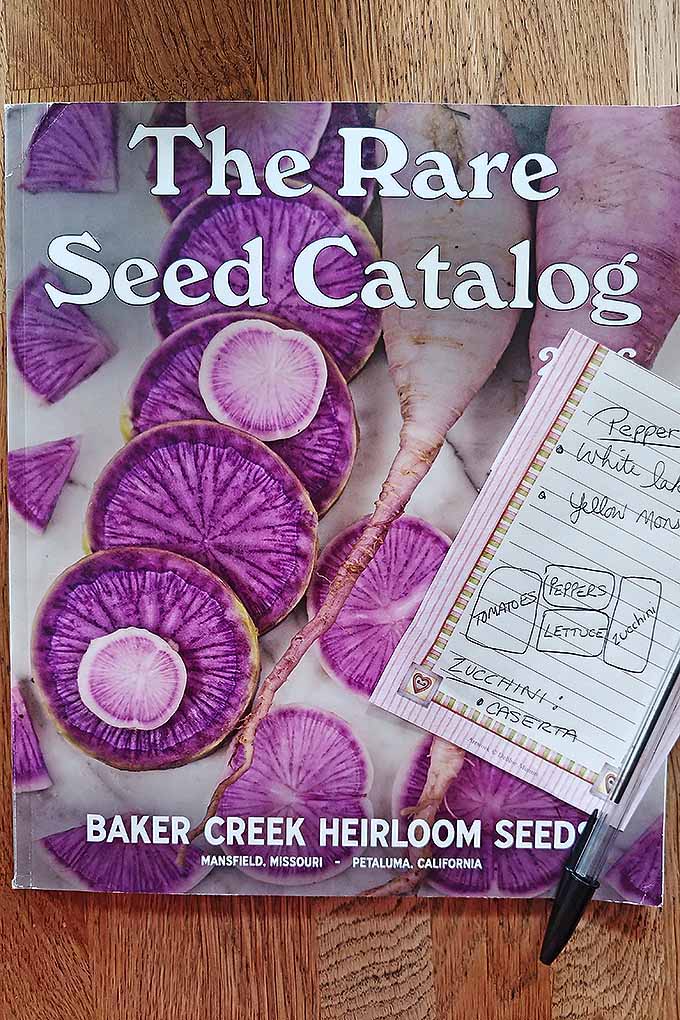
Seed catalogs are for all of us, and each year companies compile their best horticultural achievements to date for us to peruse.
Here’s how to sift through an abundance of choices, and zero in on what you want:
1. Get the Lay of the Land
Begin your browsing – where else? – at the beginning. Look for a key to symbols used throughout the publication, and any guides to language used throughout.
Next, move into the organized sections. They include headings like fruit, herbs, vegetables, flowers, perennials, live plants, and garden gear.
They are usually interspersed with a wealth of articles, recipes, and other items of interest to gardeners, in a user-friendly, magazine-style format.
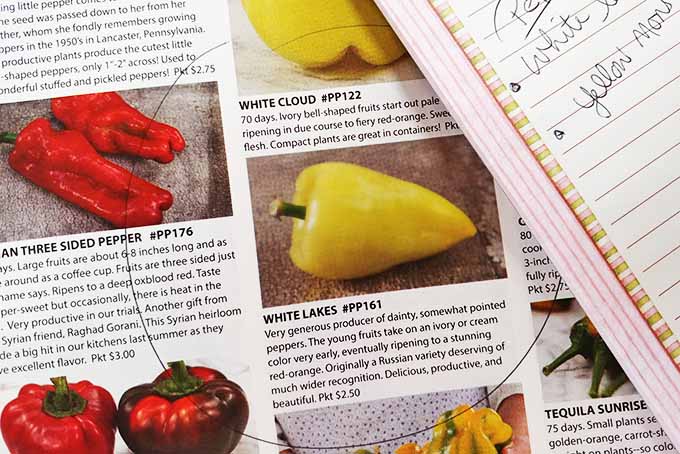
Some companies go into more detail than others, so plant write-ups vary from one publication to another.
A plant description may begin with USDA Hardiness Zones, followed by recommended hours of sunlight, soil acidity, and moisture levels.
It could go on to discuss starting indoors or out, when to transplant, spacing in the ground, height and width, and the appearance of the foliage, flowers, and produce.
You’ll find descriptions that include terms like organic, heirloom, and open-pollinated.
Organic products have not been treated with synthetic chemicals and bear appropriate certification.
Heirlooms have at least 50 years of heritage behind them. During this time, they have been passed from gardener to gardener and retained their original characteristics, having been open-pollinated, and therefore, never cross bred.
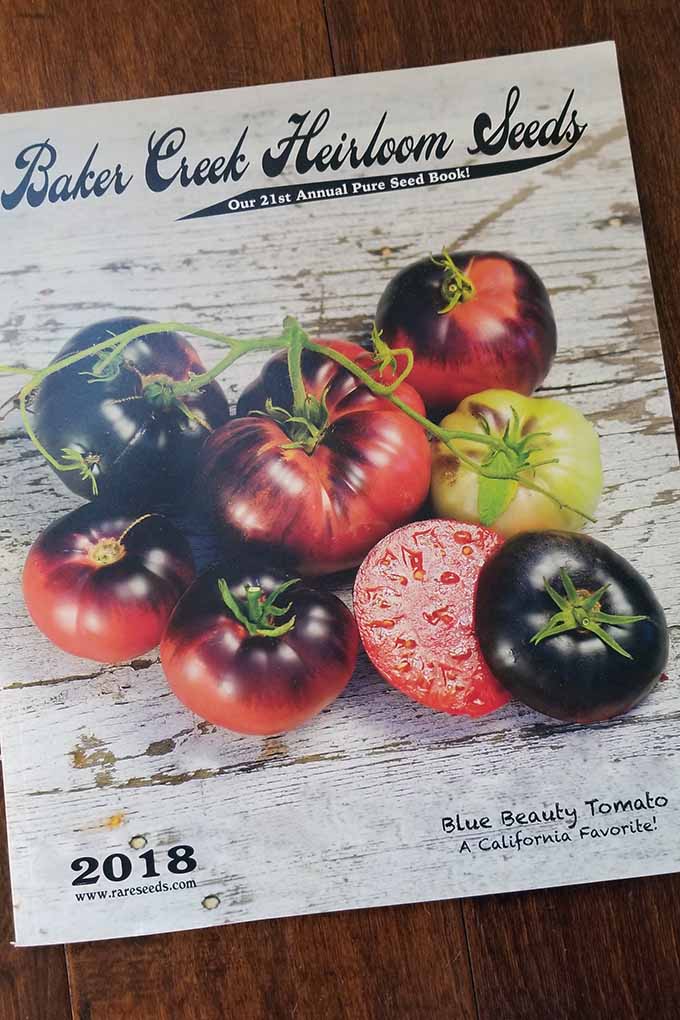
Or, you may simply find a quaint description of a tomato that was Martha Washington’s favorite, with sweet red flesh and a skin that never cracks. In this case, I go to the company’s website for a complete description.
Sadly, many print catalogs are going by the wayside, and those that remain are abbreviated versions of the contents to be found on company websites. Of course, this is a boon for the online shopper!
If a publication lacks the information you seek, go online, or contact customer service by email or phone. You will also find customer reviews online, which are a great way to decide whether to try a new product.
2. Don’t Be Ruled by Climate Zones
Take USDA Hardiness Zones with a grain of salt, as they say. Some catalogs don’t refer to them at all.
So, how do you know what to choose?
Take the advice of a little article I read in the 2016 edition of the Baker Creek Heirloom Seeds Rare Seed Catalog, which says that “nearly any seed in this catalog will grow in over 95% of the USA.” That’s saying a lot, considering that their varieties are harvested all over the world.
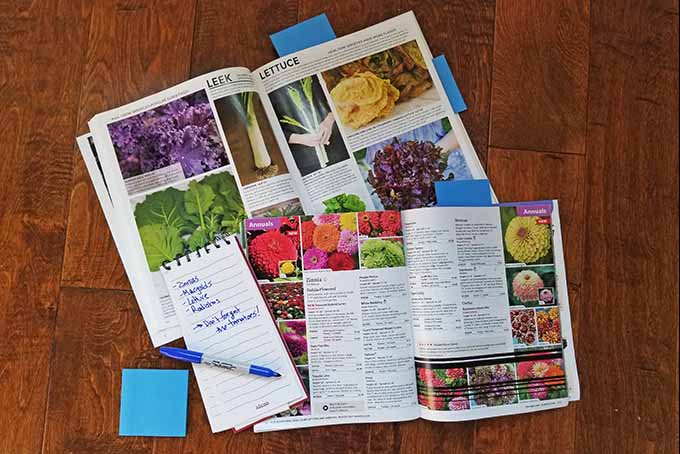
The article states that USDA guidelines are based on average winter temps that don’t apply to summer gardens, so customers should select varieties from locations where the summer weather matches their own.
I think that this philosophy has merit when purchasing products not indigenous to the US. However, at the very least, use hardiness zone guidelines to estimate frost dates.
Knowing the average date of the last frost is a great guide for spring planting. And the average date of the first frost is helpful for determining the feasibility of planting a second veggie crop mid-summer, and what you may hope to yield before the snow flies.
Did you know that what grows as a perennial in a warm climate may grow equally well in a cooler region, but it will become an annual that dies off with the first frost?
3. Underestimate Your Need for Seed and Overestimate Your Need for Space
One of the biggest mistakes home gardeners make is to purchase too much seed for their plot. And, while it’s wonderful to share with friends, there’s no need to strain the budget, right?
Here’s a personal example:
I had read that I would need quarter pound of morning glory seeds for 125 square feet. My daughter gave me 32 precious seeds harvested from her own plants.
I started these annuals indoors to give them a jump start, and transplanted them along a 20-by-four-foot fence (80 square feet).
Would you believe they covered that fence with blossoms all summer long?
And while I was marveling at how a little often goes a long way, other members of my family (who shall remain nameless) were discovering (too late) that you can’t plant four zucchinis, three peppers, and three bush beans in a five-by-four-foot (20 square feet) plot, when each zucchini grows to four feet in diameter.
Needless to say, we have greatly expanded our vegetable garden!

I find that purchasing one seed packet of any given variety is always enough for us. But some gardeners have more room to spread out.
If you have acreage devoted to crops or are creating a border of flowers along a driveway, draw a plan on paper and decide on a length and width for each type of plant you’d like to have. Then, read the descriptions of the mature sizes of your selections, and use your drawing to approximate how many of each you’ll need.
It’s also worth mentioning that not all seeds will germinate, and some more delicate specimens will not thrive in less-than-perfect conditions. For some, this may be a reason to buy more seed – but wait to make that determination until next winter, after you’ve given a smaller quantity of seed a shot first.
4. Beware the Lure of the Latest, Greatest
It’s tempting to go straight to the “What’s New” pages to find the most unusual looking tomato with pink spots and purple stripes. However, there are no customer reviews for it, right?
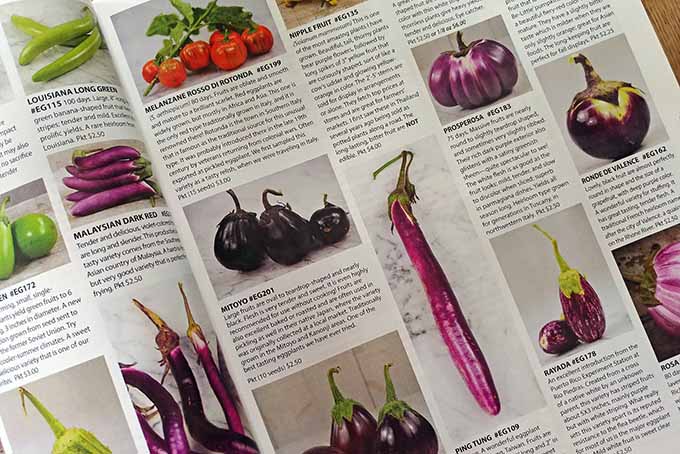
Granted, the company stands behind its latest achievement, and likely it’s a good one… however, I prefer to hear from the folks at home who have given it a try and had success.
If you just can’t help yourself, buy a single package of that bright and shiny newbie, give it a try, and be the first to report your findings on the company’s website.
5. Comparison Shop
Don’t rely on one catalog for all your needs. When you find a plant variety you like, see if you can locate it in several publications. If you can, chances are, the quantity of seeds per packet will be different.
Not to worry.
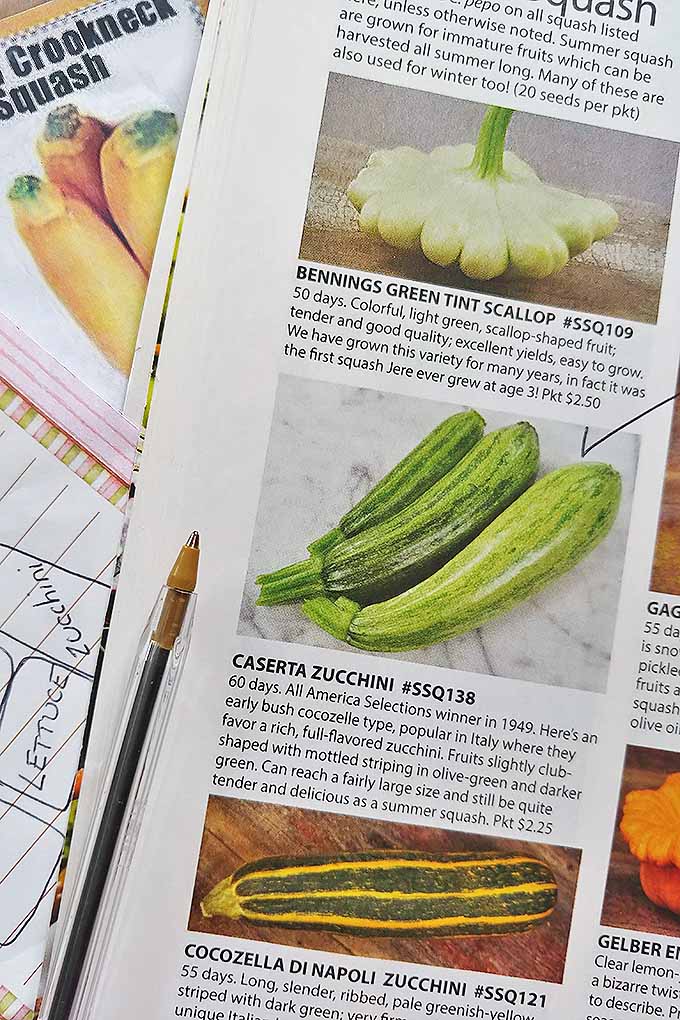
Simply convert the price per packet to the cost per unit.
Here’s how:
If a packet of 25 tomatoes is $5.99, divide 5.99 by 25, and you’ll get 0.2396, or about 24 cents each. It’s like looking at the unit prices in the grocery store to see if buying the economy size toilet paper is worth it.
Also, keep in mind that as with produce in the market, certified organic products and heirloom varieties tend to cost more, so be sure to compare products with similar qualities when factoring price into your decision.
Like Old Friends
In my house, the most exciting event after the winter holidays is the arrival of seed catalogs.

With thoughts of sunshine and brimming harvest baskets, I slowly browse the gorgeous pages, savoring each description, and making copious notes.
I brush up on my Latin nomenclature and the health benefits of vegetables in a variety of colors unknown to me in my childhood. And there’s always a photo or two of some gargantuan squash that has won umpteen awards.
Like old friends, the following three catalogs have been coming regularly to my house for years. At the time of this writing, they are free.
First is Baker Creek Heirloom Seeds, which states that they have “one of the largest selections of seeds from the 19th century… to promote and preserve our agricultural and culinary heritage.”
Next is Burpee, a respected company that has been “innovating for 142 years.”
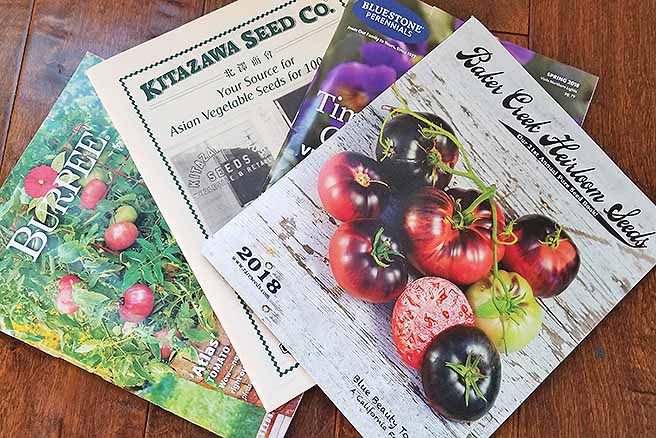
And finally, Seed Savers Exchange, an organization “dedicated to the preservation of heirloom seeds.”
I like the quality of their products, as well as their philanthropic missions, sustainable practices, and non-GMO commitment.
Don’t forget the Kitazawa Seed Co. and Bluestone Perennials, a few contenders who were new to me this season, with lovely, user-friendly catalogs.
Founded in 1917, Kitazawa specializes in Asian vegetable seeds on the West Coast, and their catalog includes hand-drawn illustrations rather than photographs. Bluestone has been in business since 1972, and all of the perennial plants that they offer are grown sustainably.
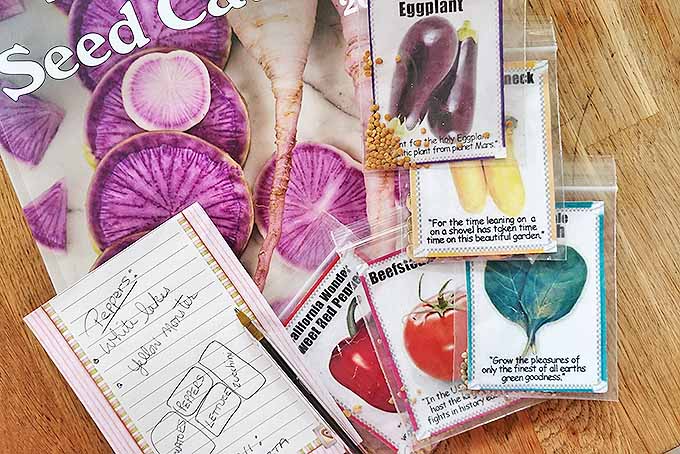
I’m also a fan of shopping online, and you’ll breeze through the comparison shopping portion of your quest if you choose to go this route, since websites are so easily searchable. Don’t forget to visit a few of our favorites:
My seed catalogs are constant companions until I place my orders and file them away, dog-eared and annotated, for future reference or giving to a friend. Make them a regular part of your garden planning and enjoy a forgotten pleasure – snail mail to cozy up with on a wintery afternoon.
How is the garden of your dreams coming along? Does catalog shopping play a role in your planning? Please share your thoughts in the comments section below.
And don’t forget to check out our springtime garden checklist and beginners guide to vegetable gardening to start preparing for getting those seeds in the ground.

hello
Hello Kathy! Thanks for reading!
Great information and recommendations! Went through the sites mentioned and have signed up for some catalogs! Hello from southeast PA!????